
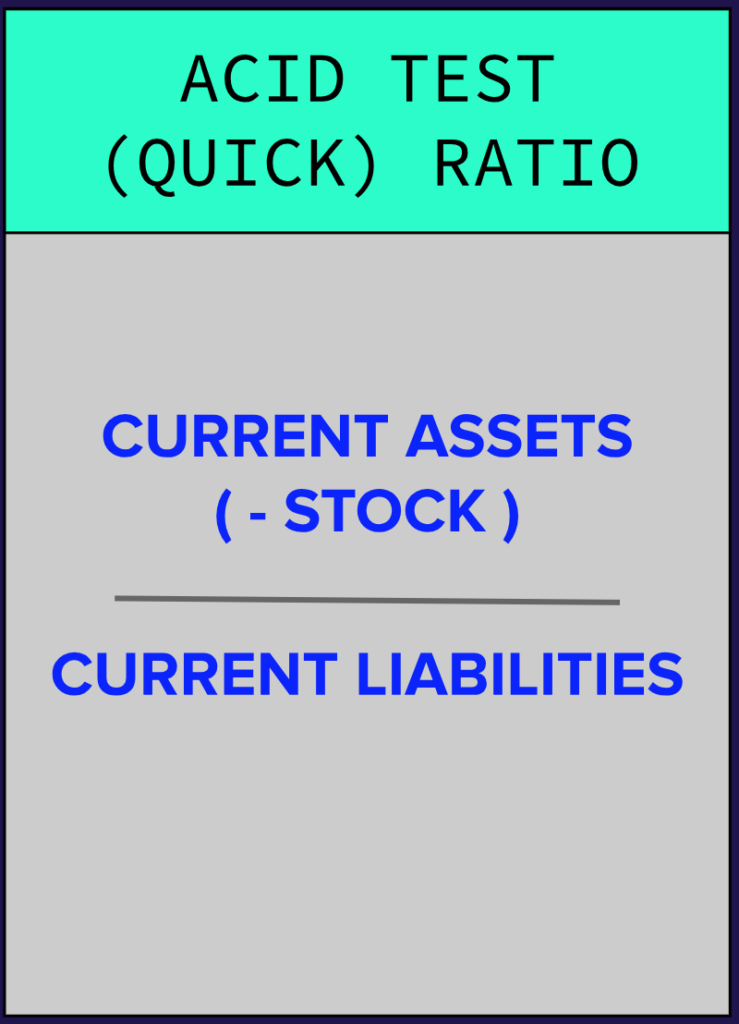
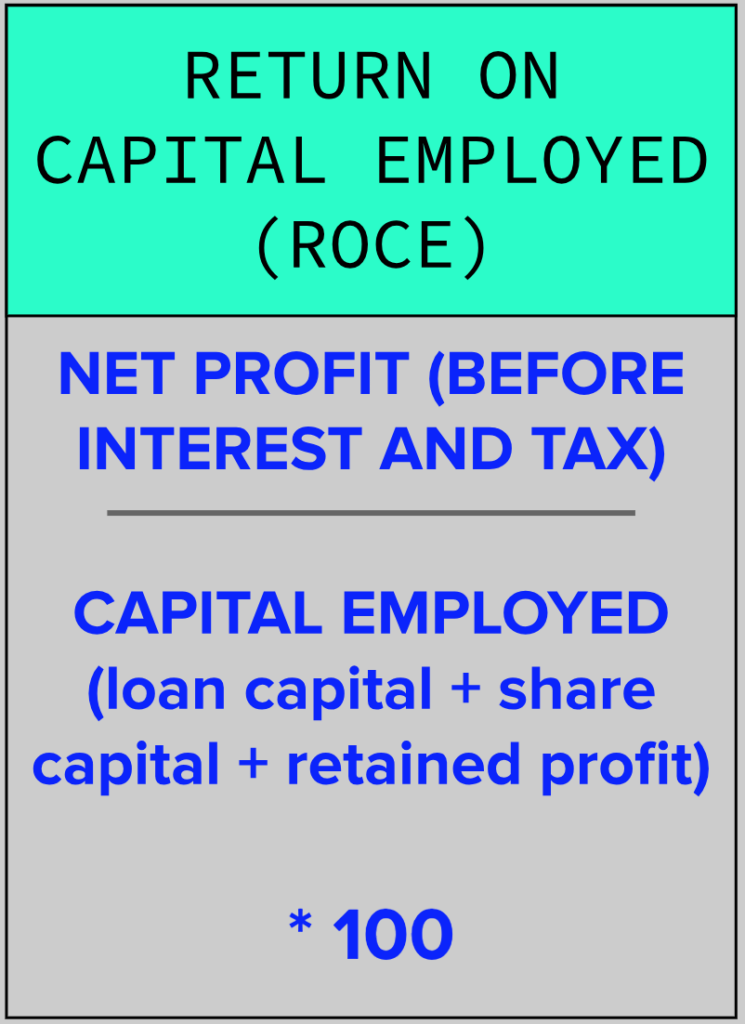
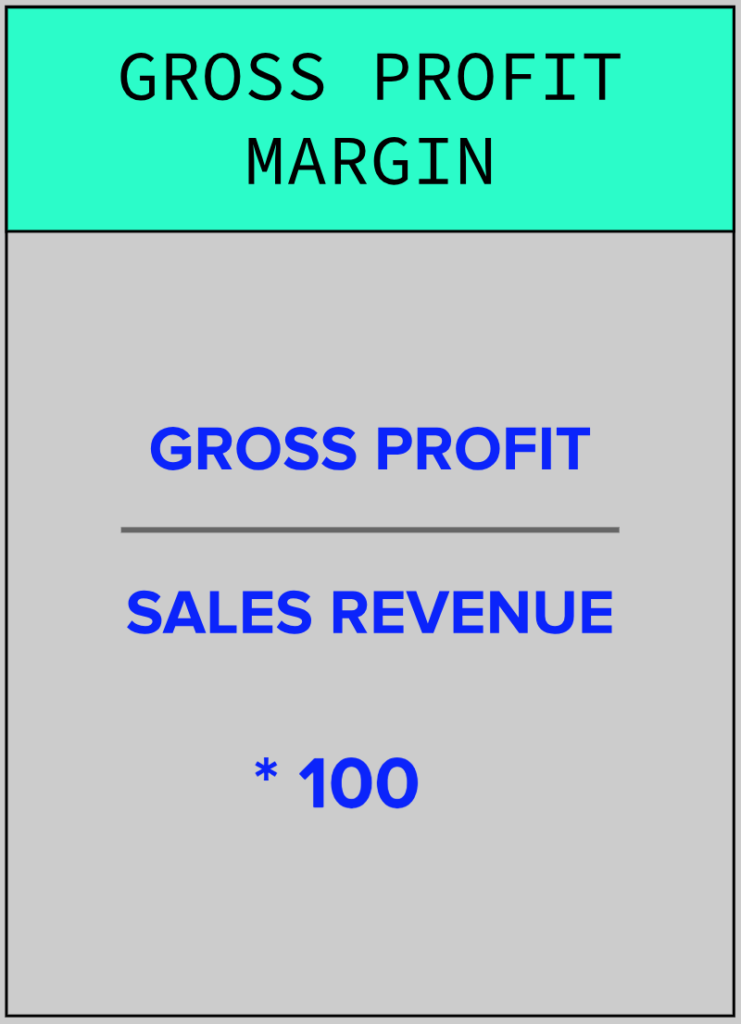
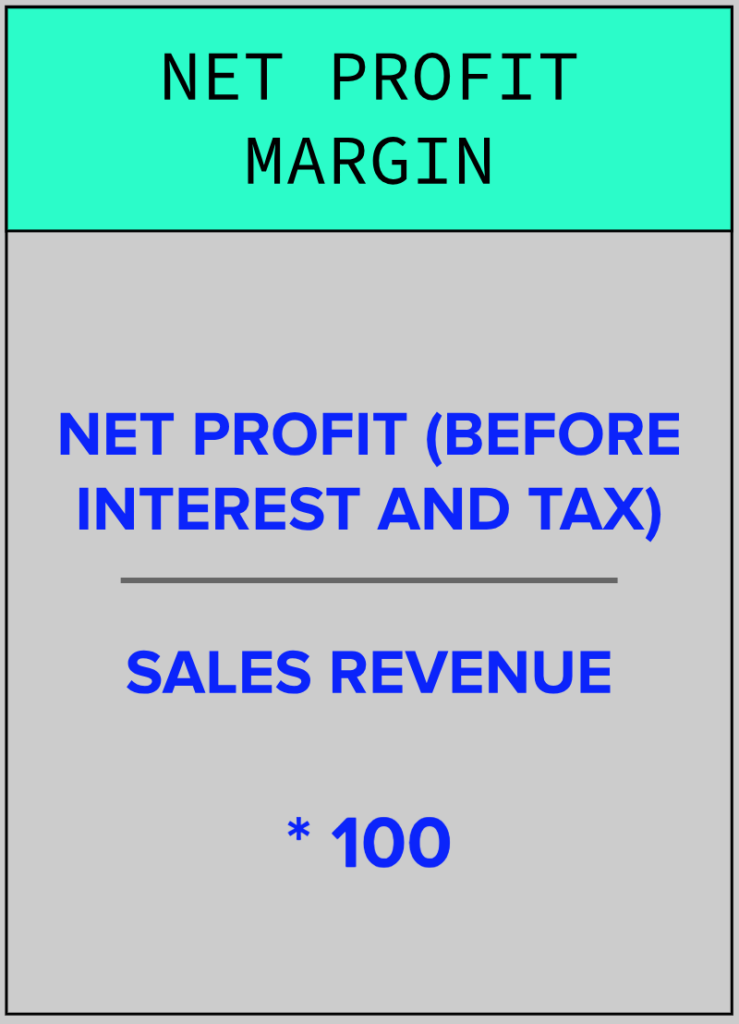
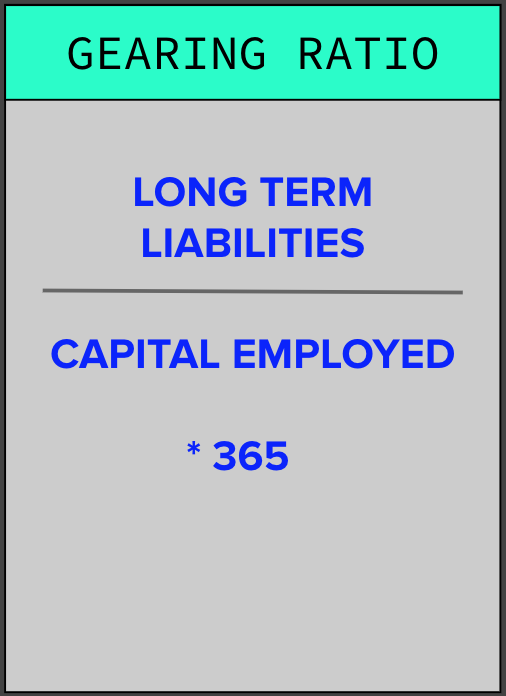


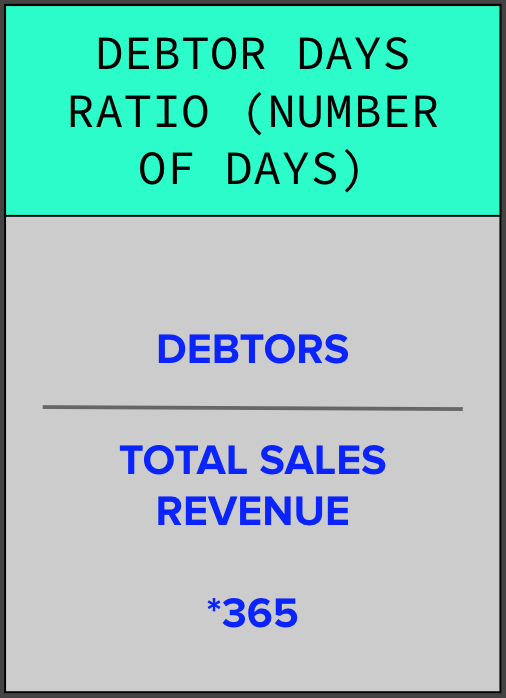
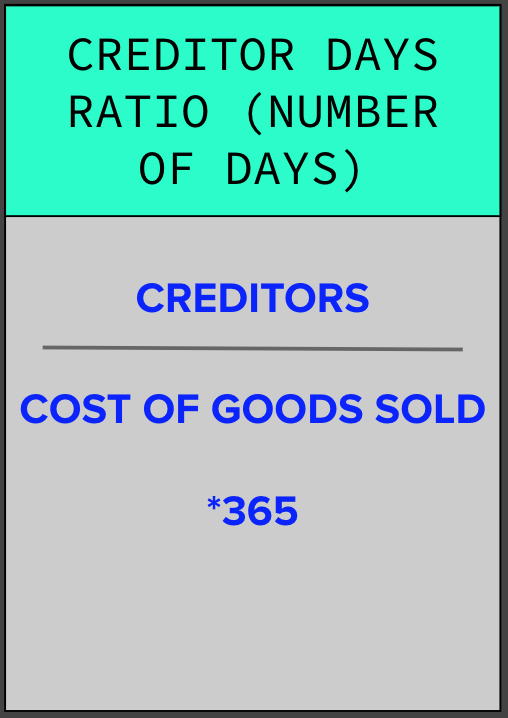
WHAT IS AN EFFICIENCY RATIO?
Essentially show how well a firms resources have been used. In increasingly competitive markets, investors and owners want to be able to examine how efficient they are and be able to determine this quantitatively.
These figures can be used to examine performance compared to past years or industry benchmarks!
Look in extra information below about what each ratio represents!

Business A: Fresh Bites Ltd. (Underperforming Business)
Fresh Bites Ltd. is a small organic food retailer

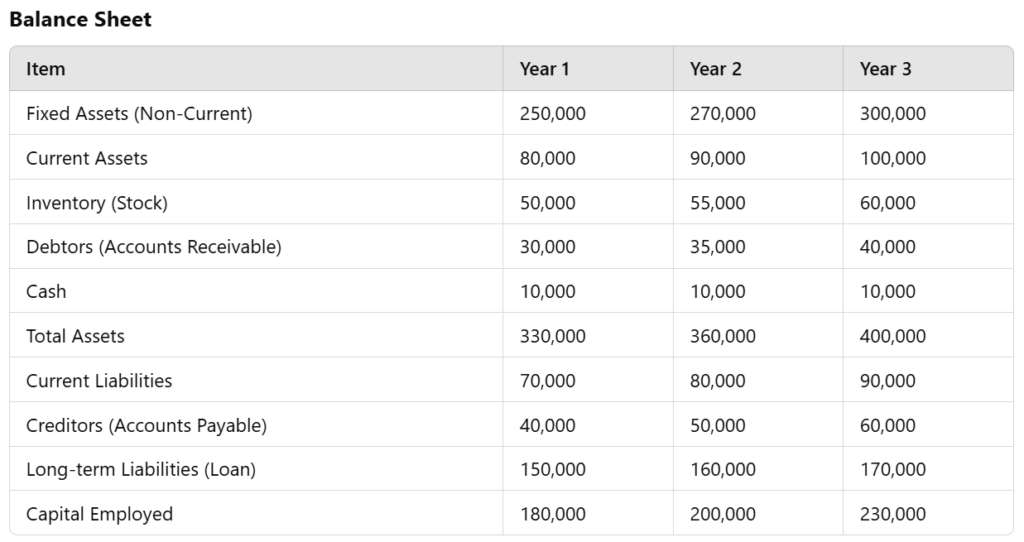
Business B: TechSolutions Ltd. (Outperforming Business)
TechSolutions Ltd. is a technology consultancy with strong

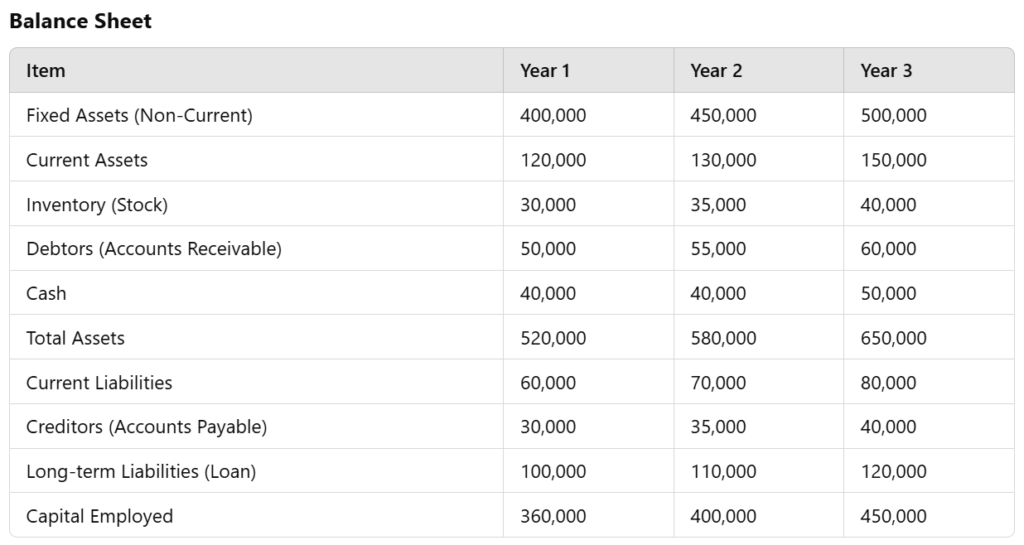
Questions
1. Calculate the following ratios for both businesses for each year:
Gross profit margin
Net profit margin
Return on Capital Employed (ROCE)
Current ratio
Acid test ratio
Stock turnover
Gearing ratio
Debtor days
Creditor days
2. Comment on the ratio results for both businesses including a suggestion of which of the two businesses represents the best investment [6].
3. Using the data from your calculations, suggest how the ratios for one company could be improved potentially [6]
What do the ratios mean?
Gearing ratio
Measures the proportion of debt relative to equity in the business. The ratio gives an indication of risk, which can be helpful to investors and managers!
Minimum Accepted Value: Borrowing is also known as leveraging. Below 50% is generally considered lower risk. Higher values equate to higher leveraging and higher risk.
Usefulness: Banks and investors use this ratio to determine risk and whether or not they are prepared to lend to.
Measures the average time a business takes to collect payments from customers.
Indicates efficiency in credit control and cash collection.
Minimum Accepted Value: Depends on credit terms offered. Generally, fewer days are better.
Usefulness: Ensures timely cash flow and reduces the risk of bad debts.
Creditor days ratio measures how many days it takes a business to pay its suppliers. Businesses understand there is a balance between cash flow and paying bills to creditors!
The ratio helps to assesse the credit terms and cash flow management.
Minimum Accepted Value: Too low (paying to quickly) means the company may not be maximizing credit terms, while too high (too slow) can harm supplier relationships!
Better Value: Close to agreed payment terms with suppliers, typically 30–90 days (depending on industry).
Usefulness: Highlights the efficiency of cash flow management and credit utilization.
Stock turnover ratio measures how many days a business takes to sell its inventory (stock) The purpose is to evaluate inventory management efficiency, which is more relevant to larger businesses!
Minimum Accepted Value: Depends on industry; generally, lower is better as indicates fast turnover of goods
Usefulness: Helps identify overstocking or understocking issues and ensures working capital isn’t tied up unnecessarily in inventory.
Stock turnover ratio: essentially the same as above!
However, you want the highest number of times possible (per time period).



